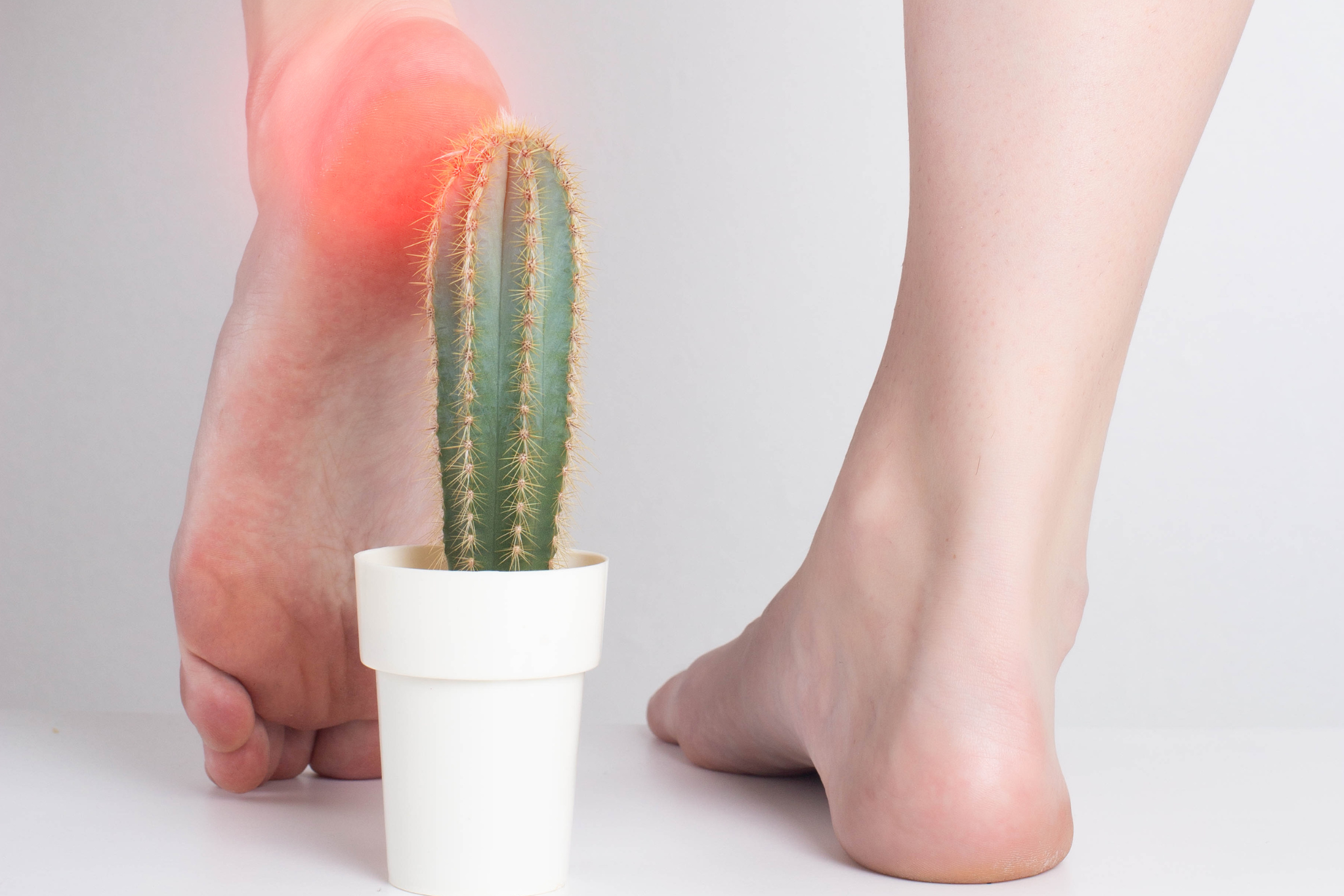What Is A Heel Spur? Causes, Symptoms, and Treatments
Heel spurs are a common foot issue that can significantly impact daily comfort and mobility. These small bony growths can cause pain and discomfort, especially during activities like walking or standing. Recognizing and treating heel spurs is essential for maintaining overall foot health and well-being.
What is a Heel Spur?
A heel spur is a bony growth that forms on the underside of the heel bone, also known as the calcaneus. It develops due to calcium deposits building up over time, often caused by repeated strain on the foot’s muscles, ligaments, and plantar fascia. Heel spurs are frequently associated with plantar fasciitis, a condition characterized by inflammation of the tissue that runs along the bottom of the foot. Individuals who place excessive strain on their feet, such as athletes or those who spend long hours standing, are more prone to developing heel spurs.
Symptoms of Heel Spurs
Heel spurs may cause several symptoms, although not everyone with a heel spur experiences pain. Common symptoms include:
- Intense heel pain, especially noticeable when taking your first steps in the morning.
- Tenderness and inflammation in the heel area.
- Chronic heel pain that worsens after prolonged periods of rest or inactivity.
The severity of symptoms can vary. Some individuals may experience debilitating pain, while others may have heel spurs without any discomfort at all.

Differentiating Heel Spurs from Other Conditions
Several conditions can cause heel pain, and it’s important to distinguish a heel spur from other sources of discomfort. Common conditions with similar symptoms include:
- Plantar fasciitis: Inflammation of the plantar fascia, causing sharp heel pain, often confused with heel spurs.
- Achilles tendinitis: Inflammation of the Achilles tendon, leading to pain in the back of the heel.
- Bursitis: Inflammation of the bursae, fluid-filled sacs that cushion the heel, resulting in discomfort.
To confirm a heel spur diagnosis, Dr. Madula may use X-rays or other imaging techniques to detect the bony growth. A clinical examination and patient history will also help differentiate heel spurs from other conditions.
Treatment Options for Heel Spurs
Treatment for heel spurs often begins with conservative, non-surgical methods to reduce pain and inflammation. Common non-surgical treatments include:
- Rest and activity modification to avoid excessive strain on the heel.
- Ice packs to reduce pain and swelling.
- Over-the-counter pain relievers like NSAIDs to manage discomfort.
- Physical therapy exercises to strengthen and stretch the foot muscles, improving flexibility.
- Orthotic devices or shoe inserts provide arch support and cushion the heel, alleviating pressure.
In more severe cases, surgery may be necessary if non-surgical treatments fail to relieve symptoms. Surgical options may involve removing the heel spur or releasing the plantar fascia to reduce tension. Recovery time can vary, and post-surgical care is crucial to ensure long-term success.
Prevention of Heel Spurs
Preventing heel spurs involves adopting healthy habits that protect the feet from undue stress. Some prevention tips include:
- Wearing properly fitted, supportive shoes that cushion the heel and provide arch support.
- Keeping a healthy weight to minimize extra pressure on your feet.
- Performing stretching and strengthening exercises regularly to enhance foot flexibility and strength.
- Gradually increase physical activity levels to avoid overloading the feet with sudden strain.
By taking these preventative steps, individuals can significantly reduce their risk of developing heel spurs.
Heel spurs are small bony growths that can lead to significant discomfort and heel pain. Understanding the symptoms, how to differentiate heel spurs from other conditions, and the various treatment options can help manage the condition effectively.
If you experience persistent heel pain, schedule an appointment to receive the right diagnosis and explore personalized treatment plans. You shouldn’t have to live with heel pain, let our expert team get you back to pain-free living!
